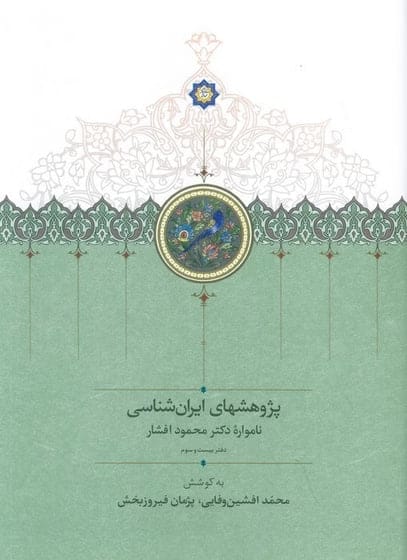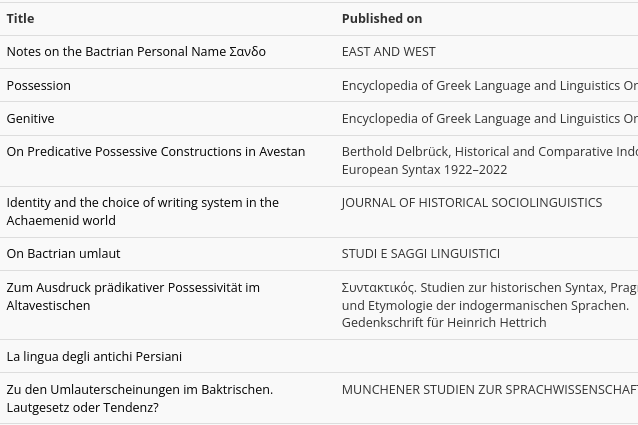Fattori, Marco & Marco F. Ferrari. 2025. Zeus Pharnauas and Persian Mazdaism in Cappadocia. Iran 1–16.
This article deals with the spread of Iranian religion in the western regions of the Achaemenid Empire by means of a combined analysis of historical and linguistic data. The core of the discussion is about the word Φαρνάουας, which appears as an epithet of Zeus in a Greek inscription from Roman Cappadocia. After showing, on linguistic grounds, that this epithet must have originated in the empire heartland during the Achaemenid period, some reflections are offered on the way by which Persian religious elements ended up in Cappadocia. In the framework of a survey of the traces of Iranian religion in Achaemenid and post-Achaemenid Cappadocia, another interesting point of contact between Cappadocia and the local cultic reality of Persia is pointed out – the female theonym *R̥tāna fravr̥tiš “Frauuaṣ̌i of the Righteous”, both attested in the Cappadocian calendar and the Elamite administrative documents from Persepolis.








